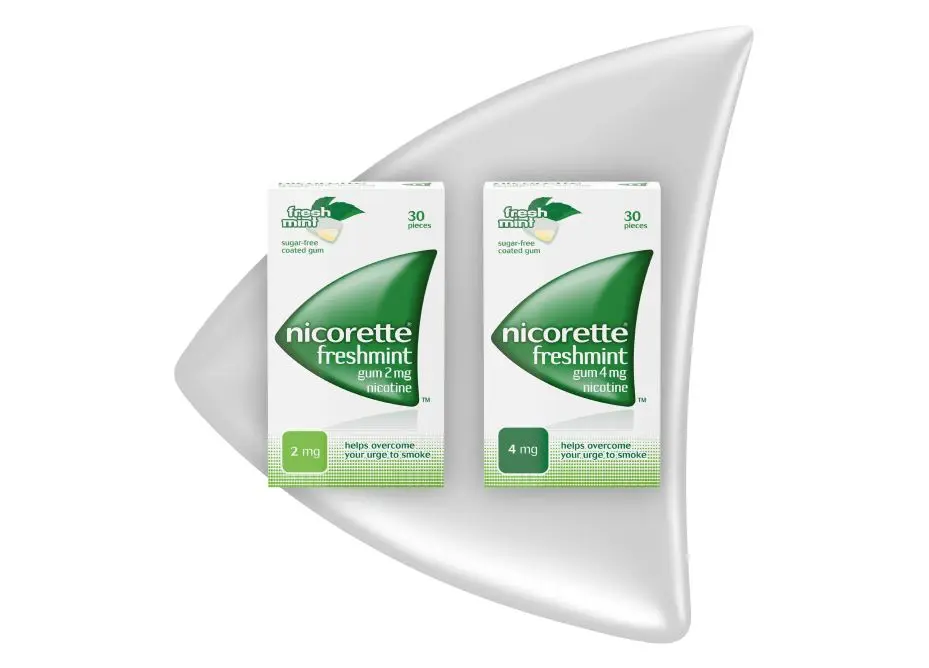Give yourself a pat on the back! You have decided to stop smoking and are experimenting with nicotine replacement therapy options. Upon this journey, you will have some questions, which is why we are here.
While nicotine replacement therapy (NRT) is effective and would facilitate your journey into a smoking-free life, sometimes you might consider smoking when you are out or in a gathering with some friends. What would then happen if you are on NRTs but would still like to have a smoke?
To answer this question, it is best to explain what NRT is, what the different NRT options are, and discuss how they can be used, listing the effects of being on NRT but still choosing to smoke.
What is Nicotine Replacement Therapy (NRT)?
Nicotine replacement treatment (NRT) provides nicotine but not the other hazardous compounds found in tobacco. NRT can help you focus on the psychological aspects of quitting by alleviating some of the physical withdrawal symptoms216. In short, this therapy aims to reduce nicotine cravings and alleviate nicotine withdrawal symptoms.
What are my options when it comes to NRT?
NRT comes in different forms:
Nicotine Patches
Nicotine Sprays
Nicotine Inhalers
Nicotine Lozenges
Check out some of the most common Myths about Nicotine and NRT, here.
What is Nicotine Preloading?
In the 2-4 weeks following a stop attempt, nicotine preloading means using nicotine replacement therapy (NRT), commonly a nicotine patch, while continuing to smoke usually217.
What are Nicotine Patches and How Do We Use Them218?
In simple words, nicotine skin patches assist to reduce withdrawal symptoms by replacing the nicotine present in cigarettes.
It would be best to follow the instructions on the patches. As general steps,
Locate a clean, dry, greaseless, undamaged, and hairless region of skin on your upper arm, chest, or back.
Wash your hands and the area with soap and water. Nothing containing aloe, lanolin, or glycerin should be used because these may prevent the patch from sticking.
Thoroughly dry the area.
Remove the patch from the pouch that has been sealed. You should not attempt to cut or trim the patch.
For 10 seconds, press the patch firmly into place with your palm to ensure adequate contact.
Wash your hands after applying the patch.
Every day, on a consistent basis, change the patch.
Use a new area of skin each time you apply a new patch. Before using the same area again, wait at least one week.
What do Studies Reveal about Nicotine Patches and Continued Smoking?
As mentioned, nicotine preloading refers to the use of NRT before quitting smoking. This method entails using NRT for several weeks prior to quitting. That is, using NRT while continuing to smoke. The most effective approach yields desirable outcomes, including habituation with NRT in the lead-up to quitting, a decrease in desire to smoke due to nicotine receptor saturation, and a reduction in satisfaction from smoking, all of which disrupt the taught relationship between smoking and reward219.
Moreover, pre-cessation nicotine patch therapy is a safe and effective way to provide smokers with the sensation of reduced smoking reinforcement. Although smokers who just receive post-quit NRT may benefit in the same way when smoking lapses occur, without counseling, they may stop using patches and resume smoking before accumulating enough attenuated smoking lapses to prevent future relapse. Aside from the potential effect on abstinence rates, pre-cessation nicotine patch treatment provides a unique opportunity to use a smoking reduction assessment prior to the quit date (e.g., during the first week of wearing patches) as an early marker of favorable therapeutic response, with the goal of adjusting treatment as needed220.
Further studies revealed that, overall, data from nine studies comparing NRT usage with no NRT use before a stop day while concurrently smoking indicated that NRT preloading had a favorable statistically significant effect on abstinence, most significantly with nicotine skin patches as the numbers of people who used nicotine preloading through the gum alone or the patch plus gum subgroups were so small, the confidence intervals were widened221.
In conclusion and away from the technical jargon, the answer to “Is it dangerous to smoke with a nicotine patch on?” is yes. It is safe. Remember though, you may not be utilizing a strong enough dose if you feel a lot of cravings while using the patch. Consider increasing your dosage to a greater level. If you're currently on the highest dose, seek dosing assistance from your doctor or another healthcare expert222.
Our aim at Nicorette is to help you quit smoking for good. Find more blogs from our medical professionals and understand why you should embrace your smoke-free journey with us.
Also, read about the myths of Nicotine and NRT here.
References:
218 https://my.clevelandclinic.org/health/drugs/19145-nicotine-skin-patches
220 Rose, J. E. (2011). Nicotine preloading: the importance of a pre-cessation reduction in smoking behavior. Psychopharmacology, 217(3), 453-454.
221 Lindson, N., Chepkin, S. C., Ye, W., Fanshawe, T. R., Bullen, C., & Hartmann‐Boyce, J. (2019). Different doses, durations, and modes of delivery of nicotine replacement therapy for smoking cessation. Cochrane Database of Systematic Reviews, (4).
Conquer Your Cravings. Stay on Track.
Get our app and get support whenever you need it, wherever you are.

Find the Right Product(s) for You
Answer a few short questions to find the right product(s) for you.
